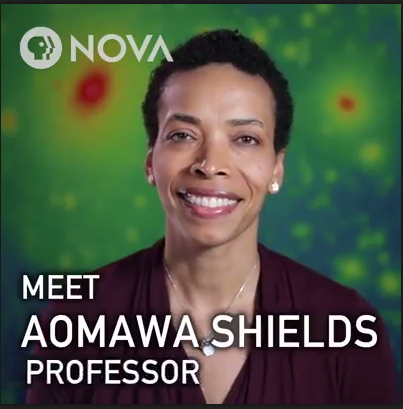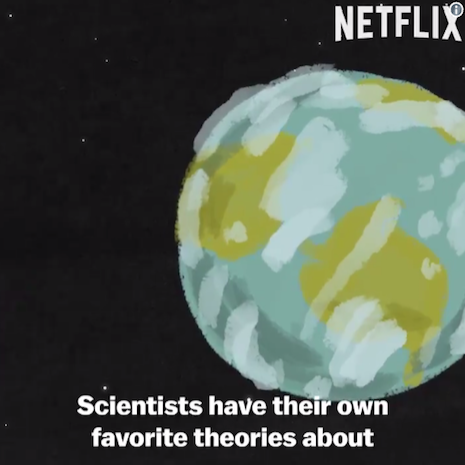Three billion years ago, Earth was a very different place.
-
Updates from the SETI Institute NAI Team 2018 Expedition to the Andes
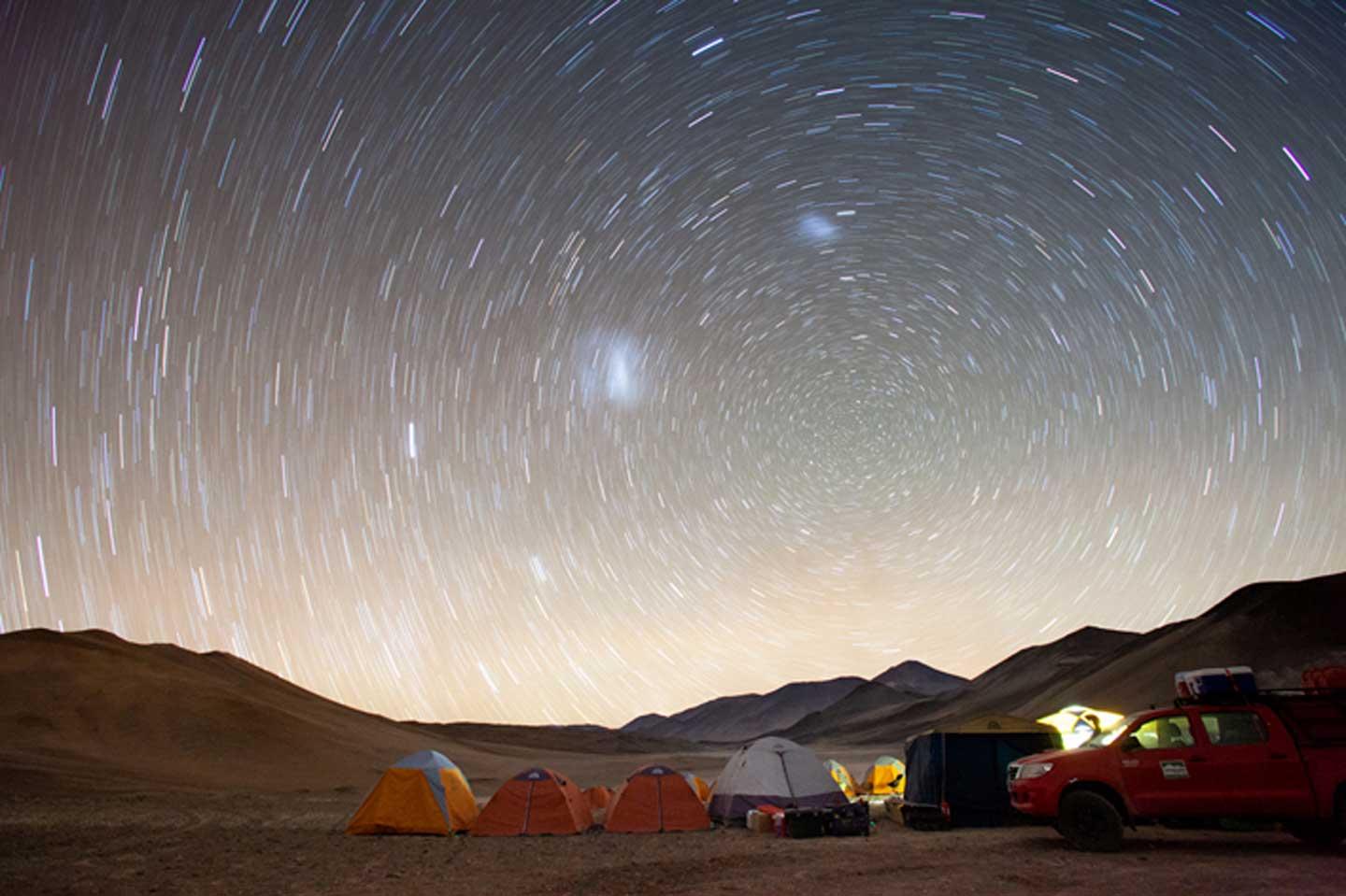
The Andes field expedition team's camp at night. Right in the center of the star trail, the two Magellanic Clouds give visions of alien worlds. Photo credit: Victor Robles, Campoalto and the SETI Institute NAI Team.Nathalie Cabrol, Director of the Carl Sagan Center for the Study of Life in the Universe, led the SETI Institute NAI team on its 2018 field expedition to the Andes:
“This year, between October 17-November 20, 2018, my team and I are returning to the Chilean High Andes,” said Nathalie. “There we will continue the development of new planetary exploration strategies, instruments, and systems, that in the near future will dramatically change the way we search for life beyond Earth. Our project is supported by the NASA Astrobiology Institute and helps prepare missions such as Mars 2020 and ExoMars that will soon seek traces of ancient biosignatures on the Red Planet.”
While the team is in Chile, Nathalie has posted updates when she is able to be in an area with an Internet connection. The photos are amazing!
Follow along the expedition (with more updates to come):
Field Update 1
Field Update 2, November 7-16, 2018Source: [SETI Institute]
November 20, 2018 • Written by: SETI Institute • Report issue
-
NASA’s Astrobiology Program Evolving to Meet the Future
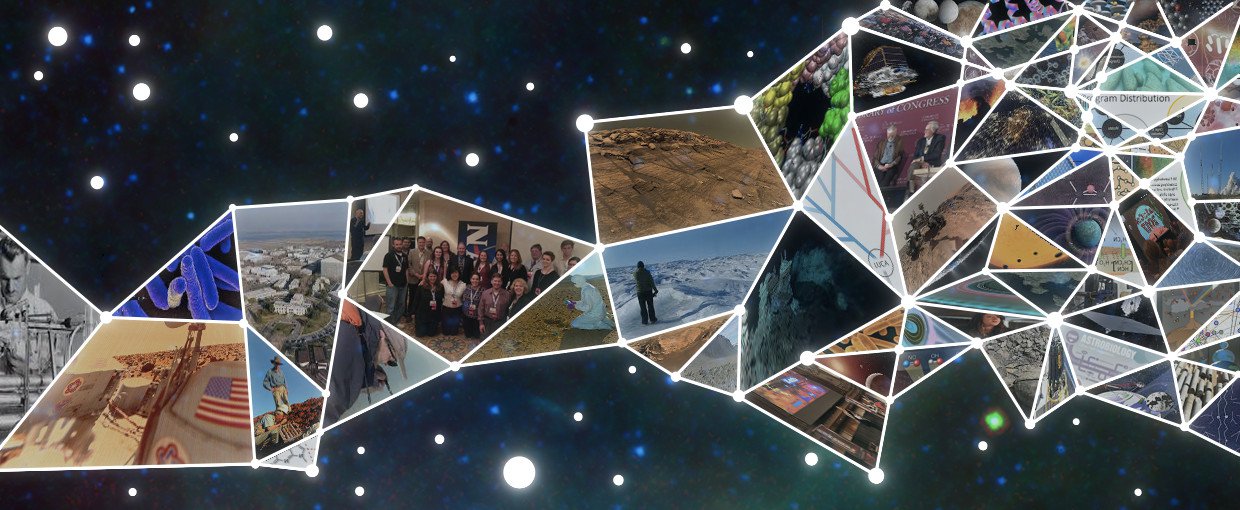
To better support the broad, interdisciplinary field of astrobiology – the study of the origin, evolution, distribution, and future of life in the universe – NASA is announcing a new programmatic infrastructure for the Astrobiology Program. Source: NASA AstrobiologyTo better support the broad, interdisciplinary field of astrobiology – the study of the origin, evolution, distribution, and future of life in the universe – NASA is announcing a new programmatic infrastructure for the Astrobiology Program.
By the end of 2019, the Astrobiology Program will establish several virtual collaboration structures called “research coordination networks” (RCNs) that will replace the Program’s virtual institute, the NASA Astrobiology Institute (NAI). With this shift, NASA’s overall investment in the Astrobiology Program is not changing. Astrobiology is an important part of NASA’s portfolio and Congress formally added Astrobiology as one of NASA’s ...
Source: [NASA Astrobiology Program]
November 01, 2018 • Written by: NASA Astrobiology • Report issue
-
Combined IAN / NAI Newsletter

With the October issue of the NASA Astrobiology Institute (NAI) Newsletter, we are merging the content of the NAI Newsletter with the International Astrobiology Newsletter (IAN), https://ian.arc.nasa.gov. IAN has been hosted by the NAI for many years as a service to the international astrobiology community, a community which itself has provided the newsletter’s content. Because there existed numerous sites that report on the science of astrobiology, IAN focused on activities such as astrobiology conferences and conference sessions, workshops and educational events, career opportunities, and proposal calls. This and future issues of the NAI Newsletter will incorporate content from IAN, providing a more comprehensive update on activities in the growing field of astrobiology.
View the full October 2018 NASA Astrobiology Institute Newletter.
 October 30, 2018 • Posted by: Miki Huynh • Report issue
October 30, 2018 • Posted by: Miki Huynh • Report issue
-
A New Initiative: The European Astrobiology Institute

Source: http://europeanastrobiology.eu/Astrobiology has a long tradition in Europe, which manifested itself in the foundation of the Centro de Astrobiologia in 1999 (CAB) and the launch of the European Astrobiology Network Association (EANA) in 2001. CAB has organized, in collaboration with the NASA Astrobiology Institute (NAI), sixteen “International Summer Schools in Astrobiology,” and EANA holds annual workshops in the field attended by astrobiologists from all over the world. Since this date, many national astrobiology societies and a regional astrobiology network (the Nordic Network of Astrobiology, which has organised a multitude of astrobiology events) in Europe, have been created. Despite recommendations of the ...
Source: [European Astrobiology Institute]
October 29, 2018 • Written by: Wolf Geppert • Report issue
-
Was Life on the Early Earth Purple?

Habitable exoplanets where life uses the purple-pigmented compound retinal to provide metabolic energy from sunlight could provide a remote biosignature when viewed spectroscopically. Image credit: NASA/Ames/JPL–Caltech.Early life-forms on Earth may have been able to generate metabolic energy from sunlight using a purple-pigmented molecule called retinal that possibly predates the evolution of chlorophyll and photosynthesis. If retinal has evolved on other worlds, it could create a a distinctive biosignature as it absorbs green light in the same way that vegetation on Earth absorbs red and blue light.
Earth’s atmosphere has not always contained significant amounts of oxygen. For the first two billion years of our planet’s history, the atmosphere was rich in carbon dioxide and methane, but around 2.4 billion years ago something ...
Source: [Astrobiology Magazine (astrobio.net)]
October 25, 2018 • Written by: Keith Cooper • Report issue
-
NASA Astrobiology Program Student Early Career Collaboration Award
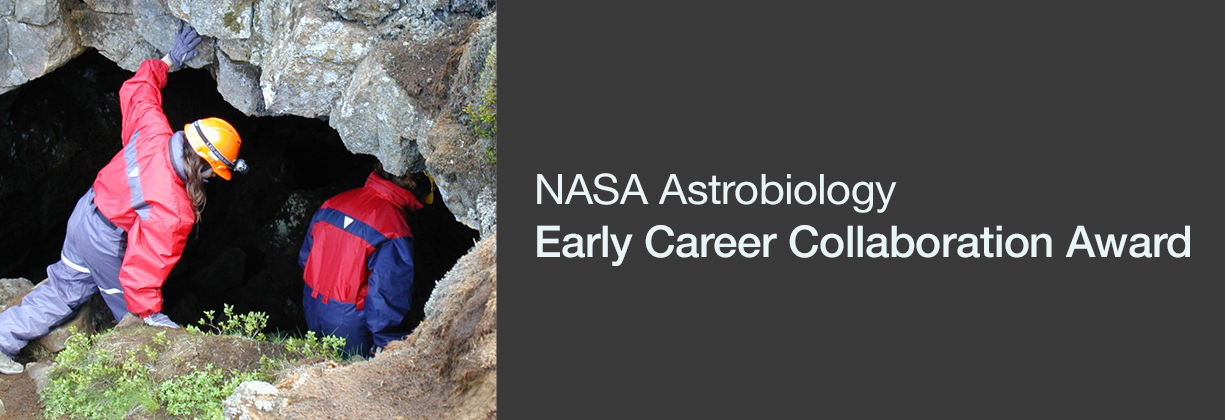
Application Deadline: December 3, 2018
The Astrobiology Early Career Collaboration Awards offer research-related travel support for undergraduate, graduate students, postdocs, and junior scientists. Applicants are encouraged to use these resources to circulate among two or more laboratories supported by the NASA Astrobiology Program (Exobiology and Evolutionary Biology, the NAI, Planetary Science and Technology Through Analog Research, MatiSSE, PICASSO and the Habitable Worlds), however any travel that is critical for the applicant’s research will be considered. Travelers must be formally affiliated with a U.S. institution. Requests are limited to $5,000.
More information is available at: https://nai.nasa ...
Source: [ECCA]
October 24, 2018 • Posted by: Miki Huynh • Report issue
-
Geoelectrodes and Fuel Cells for Simulating Hydrothermal Vent Environments

Left: Example of a black smoker hydrothermal vent in the Atlantic Ocean (Source: Wikimedia Commons). Right A-D: Photos showing how hydrothermal mineral samples are turned into electrode ink that can be painted onto a fuel cell electrode assembly.Seafloor hydrothermal vents are natural geo-electro-chemical systems that behave in some ways like fuel cells. They produce redox gradients that can help to support life with geochemical energy. Such vents are also thought to exist on other worlds such as Europa or Enceladus, and may provide habitable environments where life could emerge even in the absence of sunlight.
A research team led by Dr. Laurie Barge a member of the NASA Astrobiology Institute (NAI)’s Jet Propulsion Laboratory Icy World team, in collaboration with the SETI Institute node of the NAI, has used fuel cell experimental techniques to simulate the ...
Source: [Astrobiology (via SETI and JPL)]
October 22, 2018 • Posted by: Miki Huynh • Report issue
-
AbSciCon 2019 Call for Proposals

The Search for Life Near and Far
Deadline Extended: November 6, 2018 11:59PM ET
AbSciCon 2019 is the next conference in a series organized by the astrobiology community. This year’s theme is Understanding and Enabling the Search for Life on Worlds Near and Far. Future missions and observations will aim to further our understanding of diverse planetary environments while fundamental research on the origin and evolution of life on Earth drives our understanding of how life may operate elsewhere.
Session proposal topics are encouraged to span a broad array of topics with strong interdisciplinary themes that address new ...
Source: [AbSciCon]
October 15, 2018 • Posted by: Miki Huynh • Report issue
-
Astrobiology Science Strategy: Public Briefing Webcast

On October 10, 2018, the committee appointed by the National Academies of Sciences, Engineering, and Medicine presented recommendations for a research strategy and direction in the study of astrobiology to NASA and the scientific community.
A recording of the livestream can be viewed at: https://livestream.com/NASEM/AstrobioScience.
The report can be downloaded at https://www.nap.edu/astrobioscience.
Source: [NASEM]
October 10, 2018 • Posted by: Miki Huynh • Report issue
-
Aomawa Shields' Unconventional Journey to Astrobiology
A video clip from Nova features astrobiologist Aomawa Shields sharing the unique path that led to her career.
Source: [NOVA/PBS]
September 26, 2018 • Posted by: Miki Huynh • Report issue
-
Laughing Gas Could Have Helped Warm Early Earth

Left: Dr. Jennifer Glass holds a piece of stromatolitic ironstone. Research conducted in her lab at Georgia Tech points to the way in which nitrous oxide may have helped warm early Earth. Photo credit: Georgia Tech / A. Carter. Right: Banded iron formations in Karijini National Park, Australia. These sediments, once ancient seafloor, are red because iron rusted out of solution as oxygen built up in the water. The same dissolved iron facilitated production of nitrous oxide. Photo credit: Georgia Tech / J. GlassCarbon dioxide and methane get partial credit for keeping the early Earth ice-free, but established research suggests that those gases were not always sufficiently abundant to warm the globe on their own. A new view on ocean chemistry during Earth’s Proterozoic Eon, about 2.5-0.5 billion years ago, point to a possible way that nitrous oxide, also known as laughing gas, could have filled the “greenhouse gap.” Results published by scientists at Georgia Tech who are members of the Alternative Earths team, the NASA Astrobiology Institute team based at the University of California, Riverside, demonstrate a potential mechanism ...
Source: [Geobiology (via UC Riverside and Georgia Tech)]
September 21, 2018 • Posted by: Miki Huynh • Report issue
-
Reassessing Exoplanet Meteorology from the Thermal Phase Variations

A sample of a thermal map of an exoplanet (left) and the corresponding position on an orbital diagram (right). Source: A.D.Adams/NASA Ames Research Center.Members of the NASA Astrobiology Institute based at NASA Ames Research Center team have published a paper describing a thermal model applied to light curves of planet-bearing stars. The model accurately reproduces much of the large-scale data of existing full-orbit photometry captured by the Spitzer Space Telescope, including the timescale of heating/cooling, the time positions of minimum and maximum flux, and depths of transits and secondary eclipses.
“Reassessing Exoplanet Light Curves with a Thermal Model” is published in the Astronomical Journal.
Source: [The Astronomical Journal (via NASA Ames Research Center)]
September 07, 2018 • Posted by: Miki Huynh • Report issue
-
Astrobiology on Netflix
NASA Astrobiology Institute (NAI) Georgia Tech team postdoctoral fellow Kennda Lynch and several astrobiologists are featured in the Netflix series Explained episode 9, “Extraterrestrial Life,” which digs into the probabilities of finding life in the universe. The episode was released on July 4, 2018.
A preview with clips of interviews was tweeted by Vox.
Source: [Netflix]
August 31, 2018 • Posted by: Miki Huynh • Report issue
-
The Momentous Transition to Multicellular Life is Not So Hard Afterall
An article in Science describes the research of evolutionary biologists, including Matt Herron and Will Ratcliff, members of the NASA Astrobiology Institute’s Georgia Tech team, in examining the mechanisms that enabled the transition from single cells to multicellular life. Across a variety of organisms, the researchers found that a series of small genetic steps may have been responsible for the shift to multicellularity.
The story includes this video highlighting the work happening at their lab.
Source: [Science]
August 27, 2018 • Posted by: Miki Huynh • Report issue
-
Rethinking Planetary Climate Controls
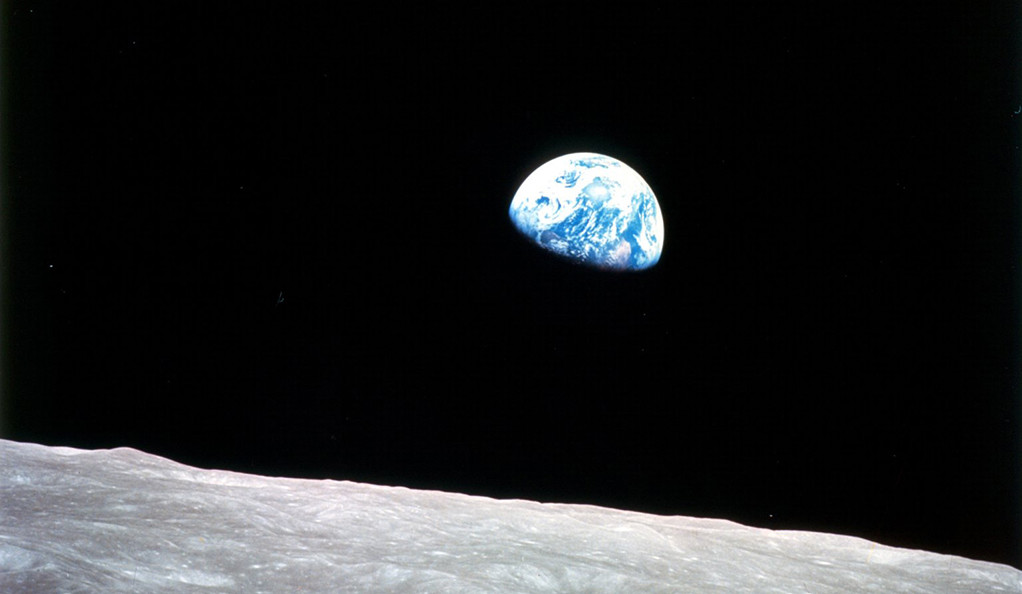
Terry Isson and Noah Planavsky provide a new framework for global climate regulation to explain Earth's warmer past climate. Image source: NASAScientists with the NASA Astrobiology Institute team based at UC Riverside have published a new paper providing explanation for why Earth’s early climate was more stable and warmer than it is today.
Excerpted from the story by Jim Shelton at YaleNews:
When life first evolved more than 3.5 billion years ago, Earth’s surface environment looked very different. The sun was much weaker, but Earth remained warm enough to keep liquid water at the surface. The researchers said this suggests that much higher carbon dioxide levels would have been needed to keep early Earth warm enough. But how ...
Source: [Nature (via UC Riverside)]
August 17, 2018 • Written by: YaleNews • Report issue




